Related Research Articles

A coin is a small, flat, round piece of metal or plastic used primarily as a medium of exchange or legal tender. They are standardized in weight, and produced in large quantities at a mint in order to facilitate trade. They are most often issued by a government. Coins often have images, numerals, or text on them. Obverse and its opposite, reverse, refer to the two flat faces of coins and medals. In this usage, obverse means the front face of the object and reverse means the back face. The obverse of a coin is commonly called heads, because it often depicts the head of a prominent person, and the reverse tails.

The standard circulating coinage of the United Kingdom, British Crown Dependencies and British Overseas Territories is denominated in pennies and pounds sterling, and ranges in value from one penny sterling to two pounds. Since decimalisation, on 15 February 1971, the pound has been divided into 100 (new) pence. Before decimalisation, twelve pence made a shilling, and twenty shillings made a pound.
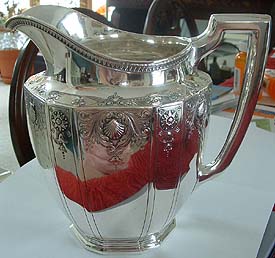
Sterling silver is an alloy of silver containing 92.5% by weight of silver and 7.5% by weight of other metals, usually copper. The sterling silver standard has a minimum millesimal fineness of 925.

The Royal Mint is the United Kingdom's oldest company and the official maker of British coins.

The Trial of the Pyx is a judicial ceremony in the United Kingdom to ensure that newly minted coins from the Royal Mint conform to their required dimensional and fineness specifications. Although coin quality is now tested throughout the year under laboratory conditions, the event has become an annual historic tradition.
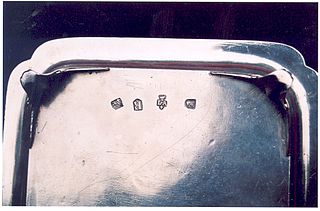
Britannia silver is an alloy of silver containing 11 ozt 10 dwt silver in the pound troy, equivalent to 23⁄24, or 95.833% by weight (mass) silver, the rest usually being copper.
This glossary of numismatics is a list of definitions of terms and concepts relevant to numismatics and coin collecting, as well as sub-fields and related disciplines, with concise explanations for the beginner or professional.
A gold bar, also called gold bullion or gold ingot, is a quantity of refined metallic gold of any shape that is made by a bar producer meeting standard conditions of manufacture, labeling, and record keeping. Larger gold bars that are produced by pouring the molten metal into molds are called ingots. Smaller bars may be manufactured by minting or stamping from appropriately rolled gold sheets. The standard gold bar held as gold reserves by central banks and traded among bullion dealers is the 400-troy-ounce Good Delivery gold bar. The kilobar, which is 1,000 grams in mass, and a 100 troy ounce gold bar are the bars that are more manageable and are used extensively for trading and investment. The premium on these bars when traded is very low over the spot value of the gold, making it ideal for small transfers between banks and traders. Most kilobars are flat, although some investors, particularly in Europe, prefer the brick shape.

A sycee or yuanbao was a type of gold and silver ingot currency used in imperial China from its founding under the Qin dynasty until the fall of the Qing in the 20th century. Sycee were not made by a central bank or mint but by individual goldsmiths or silversmiths for local exchange; consequently, the shape and amount of extra detail on each ingot were highly variable. Square and oval shapes were common, but boat, flower, tortoise and others are known. Their value—like the value of the various silver coins and little pieces of silver in circulation at the end of the Qing dynasty—was determined by experienced moneyhandlers, who estimated the appropriate discount based on the purity of the silver and evaluated the weight in taels and the progressive decimal subdivisions of the tael.
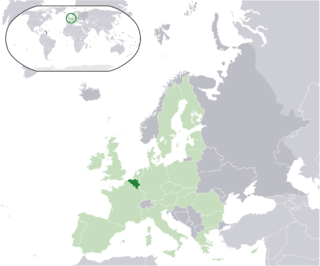
Euro gold and silver commemorative coins are special euro coins minted and issued by member states of the Eurozone, mainly in gold and silver, although other precious metals are also used in rare occasions. Belgium was one of the first twelve countries in the Eurozone that introduced the euro (€) on 1 January 2002. Since then, the Belgian Royal Mint have been minting both normal issues of Belgian euro coins, which are intended for circulation, and commemorative euro coins in gold and silver.

Euro gold and silver commemorative coins are special euro coins minted and issued by member states of the Eurozone, mainly in gold and silver, although other precious metals are also used in rare occasions. Finland was one of the first twelve countries in the Eurozone that introduced the euro (€) on 1 January 2002. Since then, the Mint of Finland Ltd. have been minting both normal issues of Finnish euro coins, which are intended for circulation, and commemorative euro coins in gold and silver.

Euro gold and silver commemorative coins are special euro coins minted and issued by member states of the Eurozone, mainly in gold and silver, although other precious metals are also used in rare occasions. Cyprus introduced the euro (€) on 1 January 2008. In 2000, in such a short time, the Central Bank of Cyprus has produced the first commemorative euro coin in silver. In 2010 the Central Bank of Cyprus has produced 2 more commemorative euro coin in gold and silver.

Euro gold and silver commemorative coins are special euro coins minted and issued by member states of the Eurozone, mainly in gold and silver, although other precious metals are also used in rare occasions. Slovenia introduced the euro (€) on 1 January 2007. Since then, the Bank of Slovenia have been issuing both normal issues of Slovenian euro coins, which are intended for circulation, and commemorative euro coins in gold and silver.
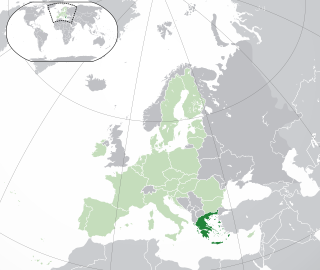
Euro gold and silver commemorative coins are special euro coins minted and issued by member states of the Eurozone, mainly in gold and silver, although other precious metals are also used in rare occasions. Greece was one of the first twelve countries in the Eurozone that introduced the euro (€) on 1 January 2002. Since 2003, the Mint of Greece have been minting both normal issues of Greek euro coins, which are intended for circulation, and commemorative euro coins in gold and silver.
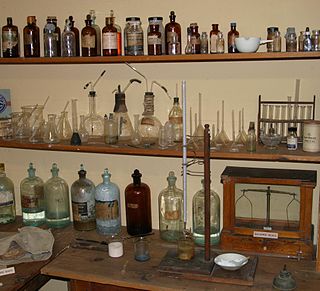
A metallurgical assay is a compositional analysis of an ore, metal, or alloy, usually performed in order to test for purity or quality.
The coinage metals comprise, at a minimum, those metallic chemical elements which have historically been used as components in alloys used to mint coins. The term is not perfectly defined, however, since a number of metals have been used to make "demonstration coins" which have never been used to make monetized coins for any nation-state, but could be. Some of these elements would make excellent coins in theory, but their status as coin metals is not clear. In general, because of problems caused when coin metals are intrinsically valuable as commodities, there has been a trend in the 21st century toward use of coinage metals of only the least exotic and expensive types.
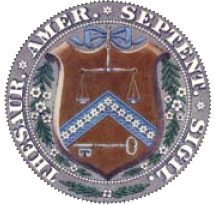
The United States Assay Commission was an agency of the United States government from 1792 to 1980. Its function was to supervise the annual testing of the gold, silver, and base metal coins produced by the United States Mint to ensure that they met specifications. Although some members were designated by statute, for the most part the commission, which was freshly appointed each year, consisted of prominent Americans, including numismatists. Appointment to the Assay Commission was eagerly sought after, in part because commissioners received a commemorative medal. These medals, different each year, are extremely rare, with the exception of the 1977 issue, which was sold to the general public.

A gold coin is a coin that is made mostly or entirely of gold. Most gold coins minted since 1800 are 90–92% gold, while most of today's gold bullion coins are pure gold, such as the Britannia, Canadian Maple Leaf, and American Buffalo. Alloyed gold coins, like the American Gold Eagle and South African Krugerrand, are typically 91.7% gold by weight, with the remainder being silver and copper.

The so-called Lithuanian long currency was a type of money used by the Baltic tribes and in the early Grand Duchy of Lithuania in the 12th–15th centuries. It was commodity money in the form of silver ingots. Most often they were semicircular rods about 13 cm (5.1 in) in length and weighted between 100 and 110 g. Other trading centers, notably Kievan Rus' and Veliky Novgorod, developed their own version of such ingots which are known as grivna or grzywna. The ingots were replaced by minted coins in the middle of the 15th century.

Qing dynasty coinage was based on a bimetallic standard of copper and silver coinage. The Manchu-led Qing dynasty was established in 1636 and ruled over China proper from 1644 until it was overthrown by the Xinhai Revolution in 1912. The Qing dynasty saw the transformation of a traditional cash coin based cast coinage monetary system into a modern currency system with machine-struck coins, while the old traditional silver ingots would slowly be replaced by silver coins based on those of the Mexican peso. After the Qing dynasty was abolished its currency was replaced by the Chinese yuan of the Republic of China.
References
- ↑ Cherry 1992, p. 60.
- ↑ "The Trial of the Pyx". Worshipful Company of Goldsmiths . Retrieved 2 August 2017.
- ↑ "Trial plate or ingot". Royal Mint Museum . Retrieved 2 August 2017.